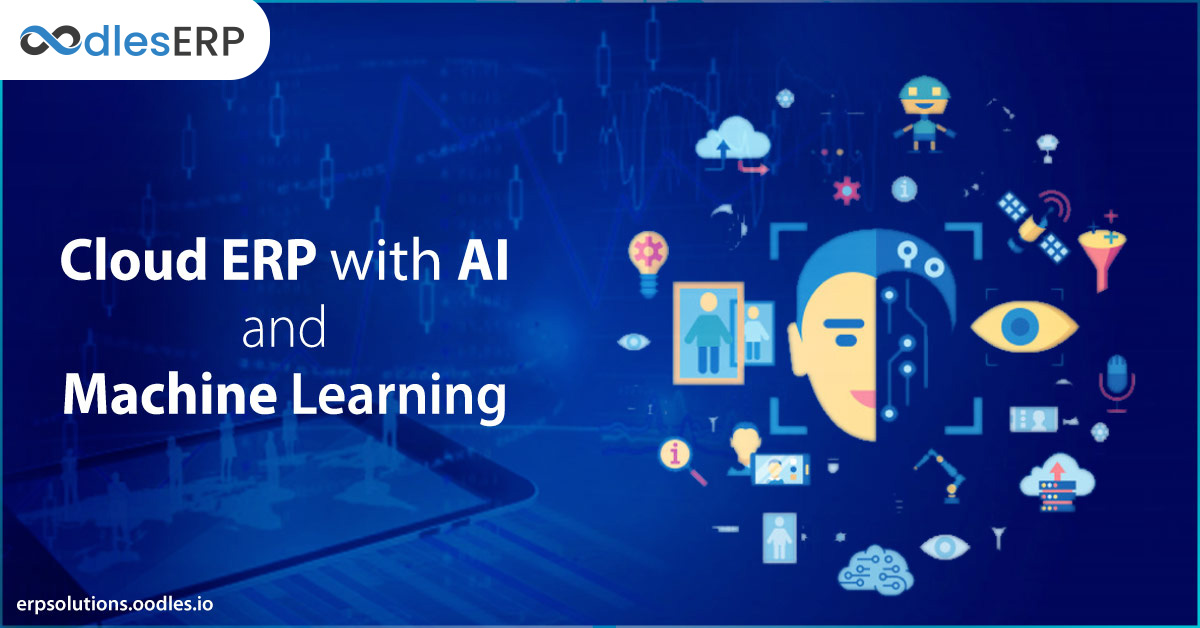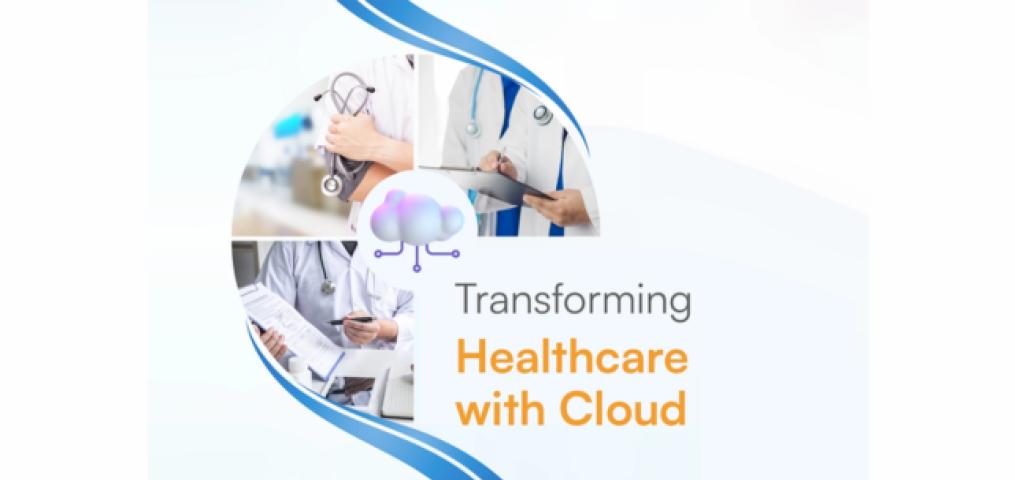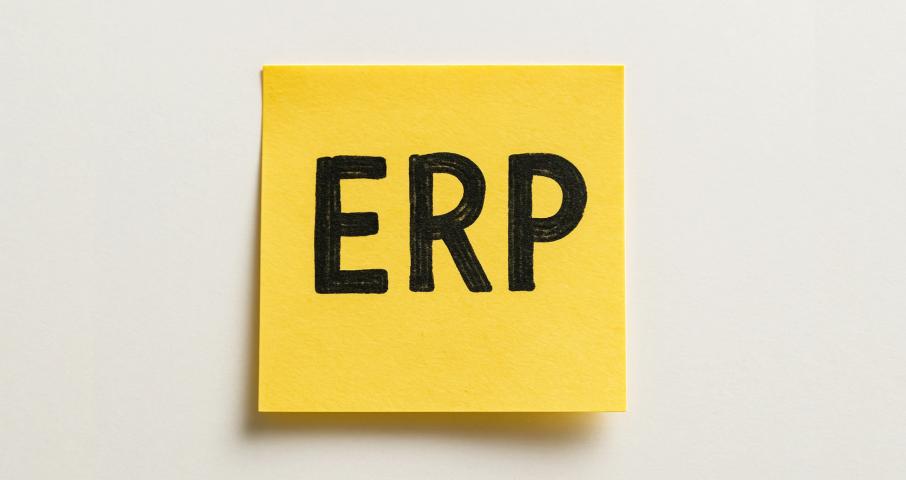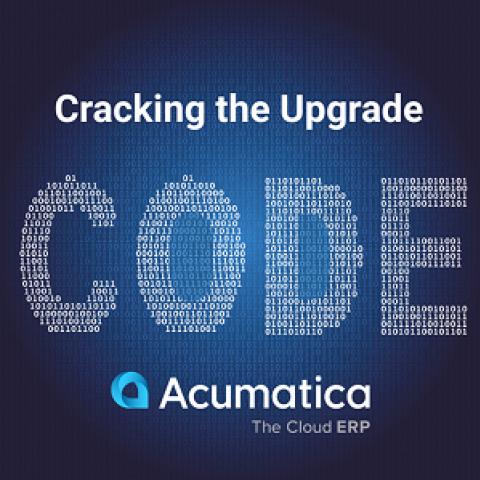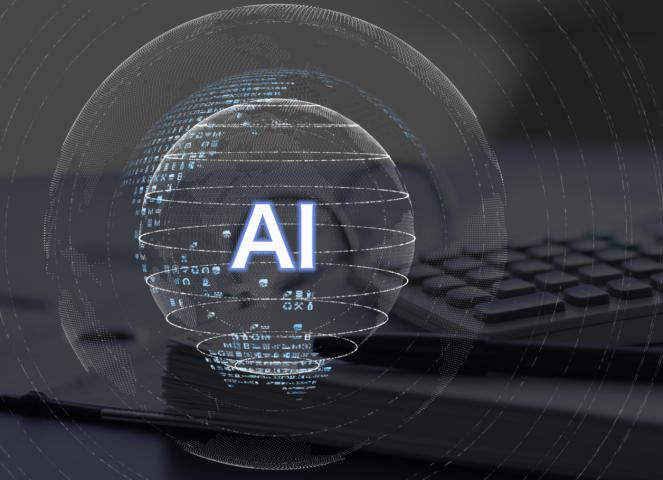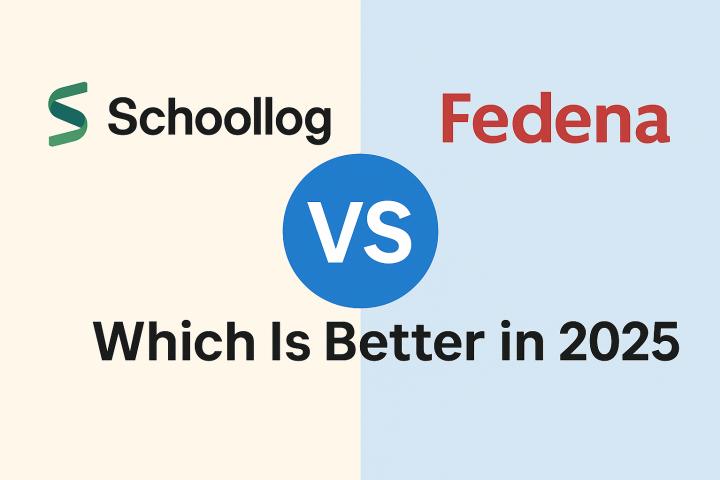Best Ways to Improve Cloud ERP to Bridge the Information Gap with the Legacy ERP Systems
1.) Creates a Self-learning Information System
Cloud platforms need to produce a self-learning information system that involves artificial intelligence and machine learning across all the supplier networks. A cloud-based infrastructure integrated with core ERP services gives knowledge of machine learning and artificial intelligence algorithms that encourage the training of the entire system. Thus, the better business will be created in the future.
2.) Enhances Overall Equipment Effectiveness (OEE) Performance
Transformation of a cloud ERP into a continually learning knowledge system gives manufacturers insight into the OEE performance across their shop floors. Monitoring of real-time data from machinery and production assets gives manufacturers insight into the areas of improvement.
3.) Improving Customer Service with Virtual Agents
Artificial intelligence and machine learning tools are virtual agents that can be used to guide and train staff through complex processes and provide improved customer service. Combining artificial intelligence into ERP systems enables you to put more focus on customer service, as they are able to provide real-time solutions. Whether it is Apple’s Siri, Amazon’s Alexa or Google Voice, they have the potential to provide direction to complicated processes.
4.) IoT Data to Bridge the Intelligence Gap
Cloud ERP has the potential to capitalize on huge data. Providing IoT based data to artificial intelligence and using machine learning algorithms to analyze and learn from it, the intelligence gap can be easily bridged.
5.) Forecasting Accuracy
A cloud ERP system with artificial intelligence will enhance the manufacturers’ ability to forecast accuracy. Artificial intelligence will be able to detect seasonality in business and predict the increase or decrease in production.
6.) Reduce Equipment Breakdowns and Increase Asset Utilization
Cloud ERP providers analyze machine-level data and use machine learning techniques to determine product performance and make decisions when a part needs to be replaced.
